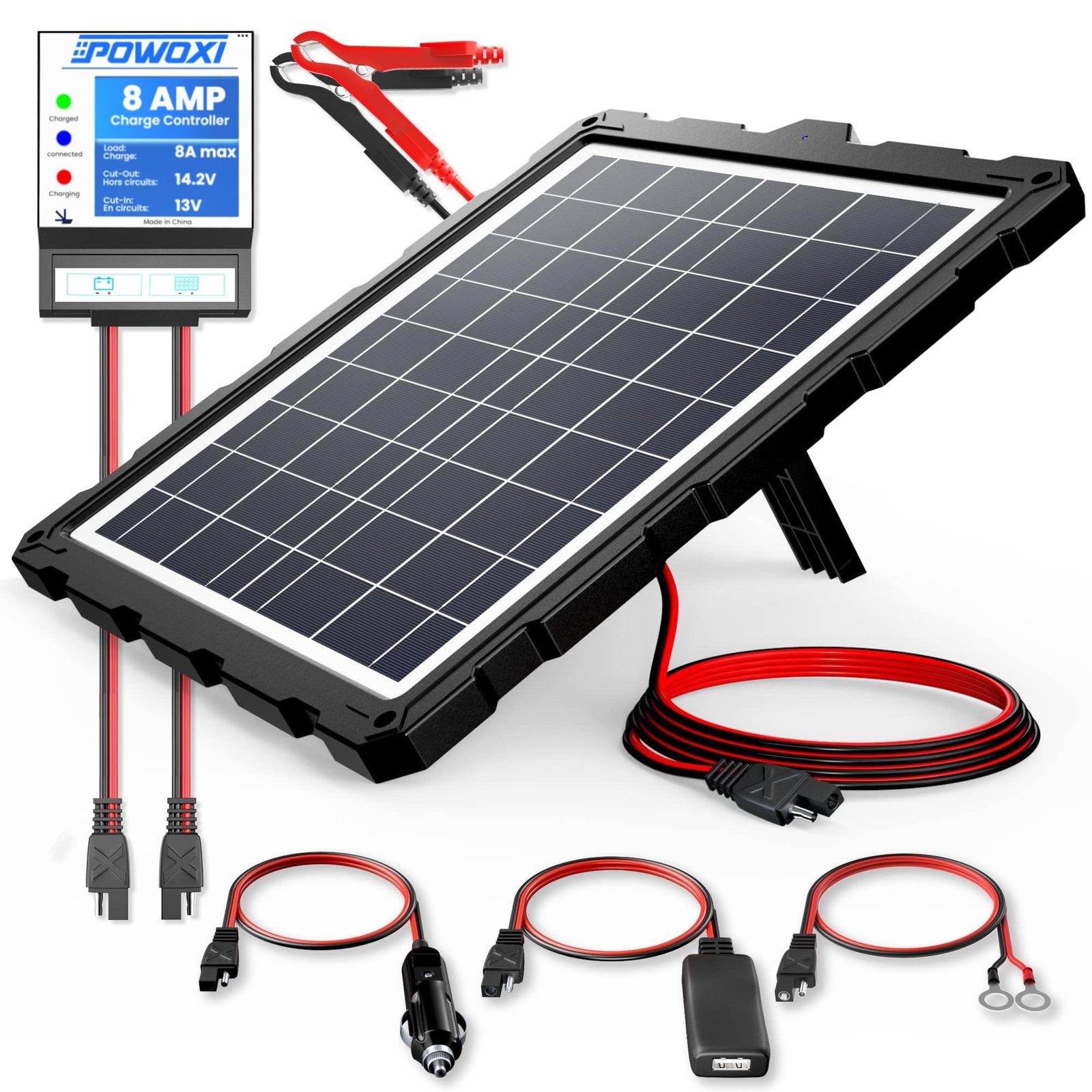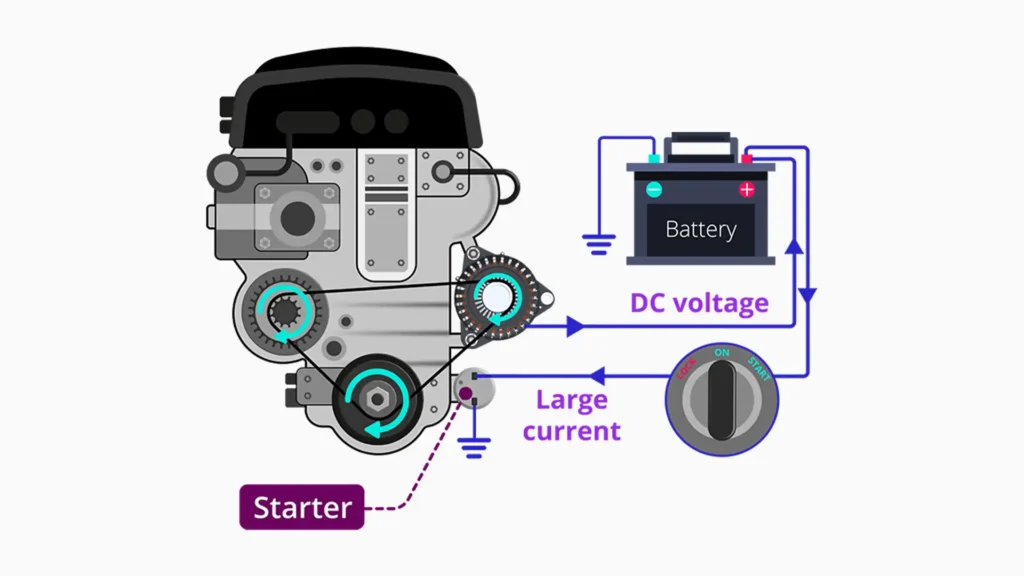

Ways to Charge Your Car Battery Safely
Overview
Car batteries are essential for powering your vehicle’s electrical system, but they can sometimes discharge, leaving you stranded. Knowing how to safely charge a car battery is crucial for any driver. This guide will walk you through five effective methods to charge your car battery, the tools you’ll need, and important safety tips.
Five Ways to Charge a Car Battery Safely
1. Using a Battery Charger
A battery charger is one of the safest and quickest ways to charge a car battery. Battery chargers come in various types, including trickle chargers, smart chargers, and manual chargers.

- Safety First: Wear gloves and goggles. Ensure you are in a well-ventilated area.
- Turn Off the Car: Make sure the car’s ignition is off.
- Disconnect the Battery: Remove the negative cable first (black) and then the positive cable (red).
- Connect the Charger: Attach the positive (red) clamp to the battery’s positive terminal and the negative (black) clamp to a metal part of the car chassis.
- Set the Charger: Select the appropriate voltage and current settings. For most car batteries, a 12-volt charger with 2-10 amps is ideal.
- Turn On the Charger: Plug in the charger and turn it on. Some chargers automatically shut off when the battery is fully charged.
- Monitor the Charging Process: Periodically check the charger to ensure it’s functioning correctly.
- Disconnect and Reconnect: Once the battery is fully charged, turn off and unplug the charger. Reconnect the positive cable first, then the negative cable.
2. Jump Starting with Another Car
Jump starting is a quick way to revive a dead battery using another vehicle’s battery.

- Safety First: Wear protective gear and ensure both cars are turned off.
- Park the Cars: Position the working car close enough to the dead car so that the jumper cables can reach both batteries.
3. Connect the Jumper Cables:
– Red cable to the positive terminal of the dead battery.
– Red cable to the positive terminal of the working battery.
– Black cable to the negative terminal of the working battery.
– Black cable to a metal part of the dead car’s engine block.

- Start the Working Car: Let it run for a few minutes.
- Start the Dead Car: If it starts, let both cars run for a few minutes to stabilize the charge.
- Disconnect the Cables: Remove the cables in reverse order.
- Keep the Car Running: Let the car run for at least 20-30 minutes to charge the battery
3. Using a Portable Battery Booster
A portable battery booster, or jump pack, can jump-start your car without another vehicle.

- Safety First: Wear protective gear and ensure the car is off.
- Connect the Booster
-Positive (red) clamp to the battery’s positive terminal.
-Negative (black) clamp to a metal part of the car chassis.
- Turn On the Booster: Follow the device’s instructions.
- Start the Car: If it starts, let it run for a few minutes.
- Disconnect the Booster: Remove the clamps in reverse order.
4. Using a Solar Charger
Solar chargers are eco-friendly and useful for maintaining a battery charge over time.
- Choose the Right Solar Charger: Ensure it’s suitable for 12-volt car batteries.
- Position the Solar Panel: Place it in direct sunlight, ideally on the car’s dashboard or roof.
- Connect to the Battery:
– Positive (red) clamp to the positive terminal.
– Negative (black) clamp to the negative terminal.
- Monitor Charging: Solar chargers provide a slow charge, taking several hours to days. Use a solar charge controller to prevent overcharging.

5. Charging Via Alternator
Driving your car can recharge the battery through the alternator, which generates electricity while the engine runs.

- Jump Start the Car: If the battery is completely dead, jump start it first.
- Drive the Car: Drive for at least 30 minutes, preferably at highway speeds.
- Monitor Battery Health: Check if the battery holds the charge. If not, it may need to be replaced.
Battery Charging Safety Tips
- Avoid Sparks: Carefully connect and disconnect cables to avoid sparks.
- Ventilation: Charge the battery in a well-ventilated area to avoid inhaling harmful gases.
- Check for Damage: Inspect the battery and cables for damage or corrosion before charging.
- Follow Manufacturer Instructions: Refer to manuals for specific instructions and safety warnings.
- Proper Disposal: Dispose of old batteries at designated recycling centers.
- Check Fluid Levels: For non-sealed batteries, check electrolyte levels and top up with distilled water if necessary.
Frequently Asked Questions
It depends on the charger and battery condition. A 2-amp charger can take up to 24 hours, while a 10-amp charger may take around 4-6 hours.
A fully charged 12-volt battery reads 12.6 to 12.8 volts. Modern chargers have indicators that show when charging is complete.
Yes, with proper precautions. Ensure good ventilation and keep away from open flames or sparks.
Yes, but it’s safer to disconnect it to avoid electrical issues.
Categories
- Car Services (12)
- Cars history (8)
- Cars News (31)
- Uncategorized (6)
Recent Posts
About us
automax ® is a leading provider of exporting services for brand-new vehicles. We have been in business for over 27 years, and we have assisted thousands of customers import vehicles from Dubai to all over the world.
Popular Tags
Related posts


Ultimate Guide to Choosing the Perfect Jeep Wrangler for Every Adventure

The Ultimate Guide to Finding the Perfect Pick-up Truck in Dubai

Understanding the Difference Between American Specs and GCC Specs in Cars









